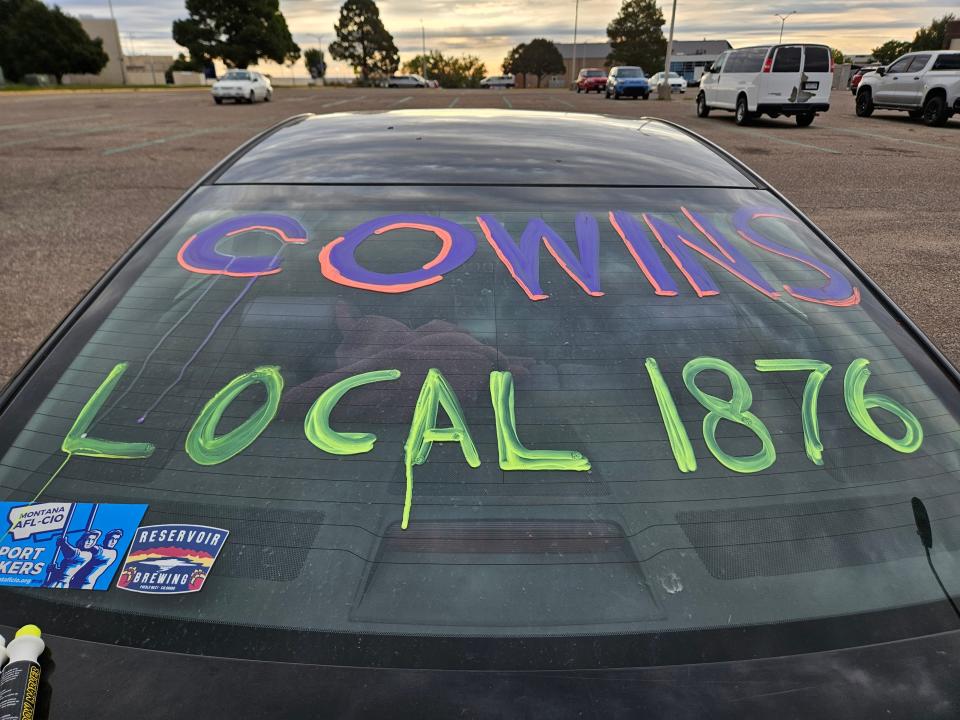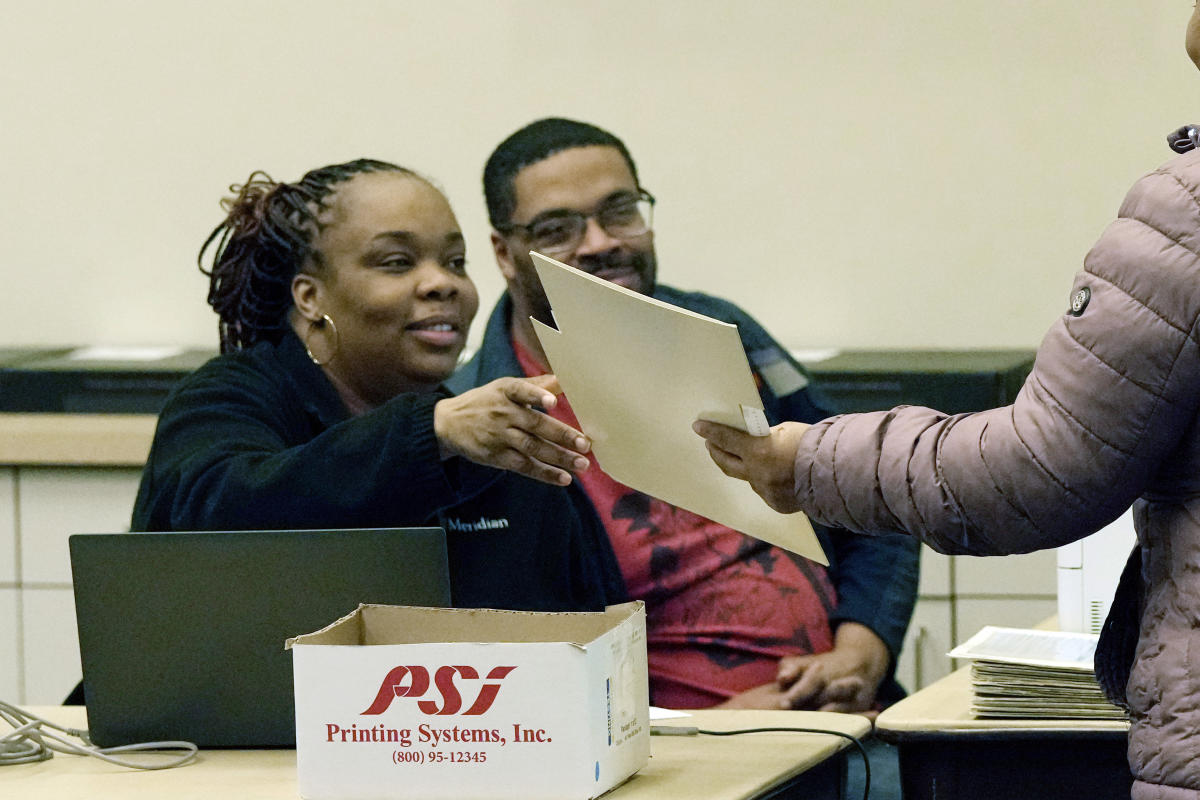May 20—ESPAÑOLA — It doesn’t feel like much.
The high-tech glove reverse-engineered by students from Northern New Mexico College and Española Valley High School emits a gentle pulse to the fleshy pads of the fingertips. The sensation is a little less intense than the vibration of a cellphone.
For nearly two years, the students have been working to reproduce a vibrating glove developed at Stanford University as a therapeutic device to mitigate symptoms of Parkinson’s disease.
They hope the project — and the mentorship opportunities between the college and high school students — will encourage young people to pursue careers in science, technology, mathematics and engineering. It will show them, “This is for me,” said Española Valley High teacher Janice Badongen Patal-e.
Initial clinical trials at Stanford University’s School of Medicine indicate pulsating gloves can alleviate some of the symptoms of Parkinson’s disease, a movement disorder. As the disease damages neurons in the brain, patients typically start to experience impaired movement, impeded balance and muscle stiffness. Tremors and shaking, often beginning in the hands, are among the disease’s primary symptoms.
If worn consistently, Stanford researchers found, the vibrating gloves can reduce tremors, abnormal walking patterns and balance issues, among other symptoms of Parkinson’s.
After learning about Stanford’s success with the glove, Northern New Mexico resident Minna Santos, whose husband was diagnosed with Parkinson’s disease in 2014, challenged Northern New Mexico College students to build their own version, said Steve Cox, an associate professor of electrical engineering. Cox led the project alongside Badongen Patal-e and fellow Española Valley High teacher Lyne Salero.
The project, which began in January 2023, pushed students to solve major engineering problems, Cox said.
First, students had to figure out how to miniaturize the gloves’ electronic components. In large part, this was the work of college students Jafett Garcia and Anita DeAguero, both of whom will graduate from Northern this month.
For the gloves to be functional, their electronic elements had to be relatively small and lightweight, with hidden wires connecting the vibrating pads in the fingertips to the electronic control center near the wrist.
Ultimately, Garcia and DeAguero created an iteration of the project that did just that, in addition to incorporating an LED screen to show the battery level.
The next engineering problem: Designing the body of the glove to be both comfortable and functional. This was largely the task of the high school students.
They created a version of the glove using a canvas-like fabric with adjustable fingers and an exposed palm.
“We picked this design because we wanted them to have enough grip because it’s kind of annoying wearing gloves and you can’t pick up your cup of coffee,” said Chelsea Sisneros, an 11th grader.
Over time, iterations of the glove moved from a cardboard prototype to the canvas version to a more streamlined black fabric.
Though the high schoolers and college students largely focused on different engineering conundrums, they also overlapped, Cox said.
“There were sewing people soldering and soldering people sewing. Eventually, it became much more of a mix, and people that didn’t have skills in one area learned those,” he said. “As the outsider or the mother hen, for me, that was the most satisfying thing to see.”
In addition to functional, the students hope to make the technology accessible to Parkinson’s patients in the Española Valley.
That means keeping costs within reach. Other vibration therapy gloves on the market purport to aid chronic conditions, but their price tags typically run above $100. The students’ gloves cost only $20 to $30 to produce.
The group also must ensure the product continues working, with tech support available from local students.
“We want to help locals,” Cox said. “I want to be able to dispatch Angel [Zavala of Española Valley High] or Anita if something breaks and people need help with these things.”
There are more engineering problems to solve. Next year, students will figure out how to use the latest iteration’s Bluetooth and Wi-Fi capabilities to connect the glove to an app, Garcia said. The team also plans to deploy their technology among local Parkinson’s patients once it gets the OK from an institutional ethics board.
The project has already accomplished one of its goals. Zavala and another high school student, Jeremy Vigil, will head to the University of New Mexico in the fall to pursue engineering degrees.
Sisneros said the program helped build her confidence, too.
“I’ve always kind of been interested in doing engineering of this sort, and I was a little bit scared to advance with it and actually contribute,” she said.
The turning point came when DeAguero helped her learn to solder circuit boards, and she tried her hand at sewing the gloves.
“It really did help me just overcome the fear of trying something new,” she said.
Signup bonus from




